By Dr. Javeed Nayeem, MD
My last article A Tale of Two Cities and Two Clocks, about the Big Ben in London and the Silver Jubilee Clock Tower here in Mysuru, has generated a good amount of some very interesting discussion between my readers and me. Needless to say, most senior Mysureans are pretty fascinated about our city and its history and heritage, which is not very surprising, considering their own very cultured background.
So, it occurred to me that I should write an article about the very interesting ancestry of two identical fountains that stand in their respective places, with one being here in Mysuru and its counterpart, in faraway England. Starting with the one here at home, we all know that a fountain has been standing in its present place, at the Northern end of Ashoka Road, that was once the main thoroughfare of our city and also the route of our Dasara procession.
During the days of our royalty, on every Vijayadashami day, the Dasara procession, with the Maharaja seated on the howdah elephant, used to travel along the Ashoka Road from the Mysore Palace to the Torch Light Parade Grounds in Bannimantap and return on the same route. While the courtiers would accompany the royal entourage, the common people would sit on the ground or stand on the terraces of the buildings along the route, to watch the procession in awe and joy.
The many paintings by the many celebrated painters of the royal court, commissioned by our Maharajas and which are still on display at the Gombe Thotti in the Mysore Palace, depict our Dasara procession at different parts of the Ashoka Road, in such stunning detail that one can even recognise the faces of a good many of the persons shown there!
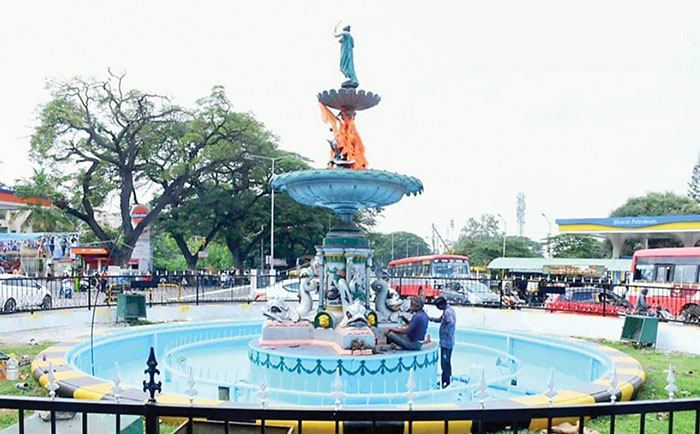
In 1955, the then Maharaja, Sri Jayachamaraja Wadiyar, felt that the Ashoka Road, with its increasing commercial activity, was becoming too narrow for the procession and so made some changes in the procession route. That was when the almost parallel Sayyaji Rao Road took over as the procession route and has remained thus to this day, long after our resplendent royalty has graciously made way for our present-day democracy!
Now, the spot where a fountain stands at the end of Ashoka Road, very close to the CPC Polytechnic and the Central Jail, is known to all simply as ‘The Fountain Circle’ although its official name is Maulana Azad Circle, which hardly anyone in our city knows, despite its prominently displayed name board. This fountain was originally erected at the northern end of the Lansdowne Building which was built by Maharaja Chamarajendra Wadiyar X to mark the visit of The Viceroy and Governor General of India Henry Petty-Fitzmaurice, The Marquess of Lansdowne, to our city in the year 1900.
It was then called The Elgin Fountain and it was an exquisitely made, cast-iron structure, with sculptures of four contorted fishes adorning its four corners at its base and birds adorning its middle portion. A statue of an unknown lady, that colloquially came to be called a ‘Putli’ that tops it still, has permanently lent its name to ‘Putli Park’ at the edge of which this fountain once stood, albeit temporarily, during its two-mile-long march to its present location! The reason why it was dislodged from its original location was because it had to make way for the creation of K.R. Circle with the statue of Sri Krishnaraja Wadiyar IV, which was meant to add symmetry to the already standing Chamarajendra Circle, with the statue of Sri Chamarajendra Wadiyar X, erected in front of the Amba Vilas Palace.
The reason for its second displacement was perhaps because someone in the city administration felt that it deserved a much better place, right at the entrance to our city. Some time ago, there was the talk of this now nameless fountain being removed from its present place, to widen the now very busy road intersection and facilitate smoother flow of traffic, by installing traffic lights.
But better sense prevailed when someone pointed out that it would not be an easily accomplished task because the fountain had been included in the long list of our sacrosanct heritage structures that dot our city. Thankfully, it was decided to just give it a facelift with a new coat of paint, new railings and thus an extended lease of life, which should now outlast our own lifetimes!
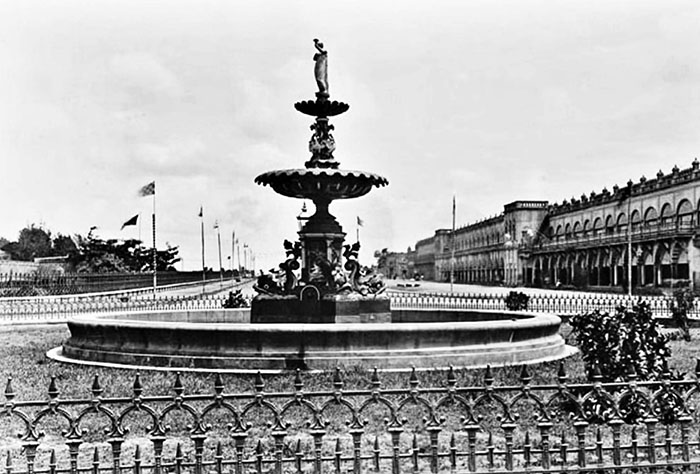
Coincidentally, that was also the time when a couple known to me, Farooq Khan and his wife Atiya, both originally from Mysuru, who now reside permanently in Reading, which is almost a satellite town of London, were here in our city on a visit. A few months prior to their coming down, my wife and I had spent an evening with them at their home in Reading, chatting late into the night, over dinner. So, since one good deed deserves another, we decided to meet, this time here in our home, over dinner!
Like all die-hard Mysureans, irrespective of where they stay across the wide world, we ended up discussing about how Mysuru had been changing during its transition to Mysuru, when the impending fate of the fountain, just a stone’s throw from our house, also figured in the discussion. That was when Atiya mentioned that they had seen an identical fountain at the Princess Garden in Torquay on the Devon coast in England, which certainly seemed to be a twin of our fountain, most probably having been manufactured in the same foundry.
She also told us that because this fountain appears in the opening credits of a TV sitcom called ‘Friends’ it is also popularly known as the ‘Friends Fountain’ locally. Later, she sent me a link which when I opened, showed me an exact clone of our own fountain, down to the last detail, which to me was an amazing discovery!
Now, I am in the process of contacting the Torquay City Council to see if they have any records about the origins of their fountain, so that I can trace the lineage of our own. This may no doubt need some painstaking research and maybe even DNA matching, but it certainly seems worth the trouble! Thank you, Atiya and Farooq for the vital clues. This is exactly what the Sherlock Holmes in me was in need of!
e-mail: [email protected]



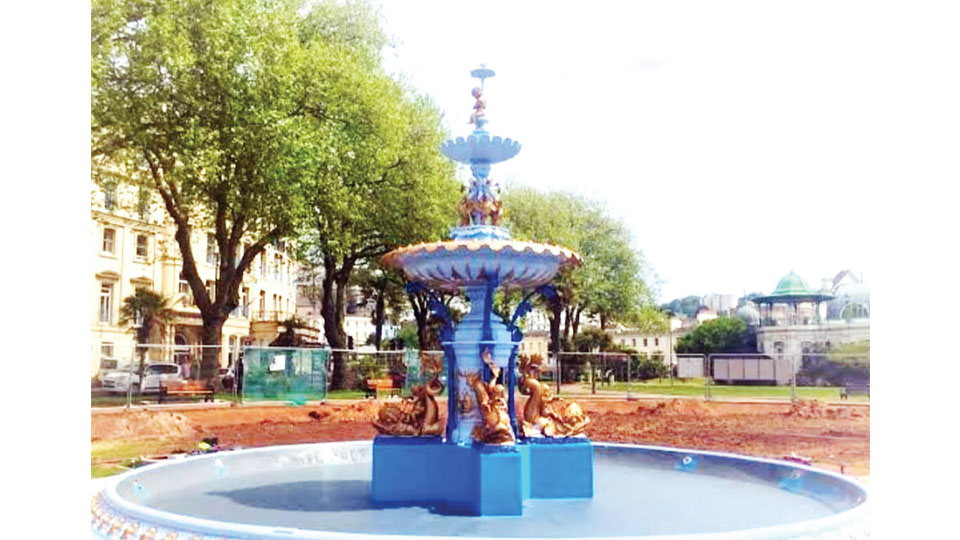
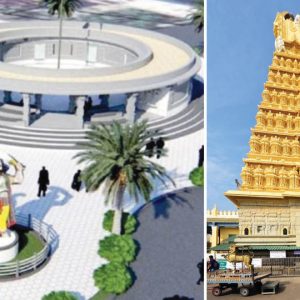
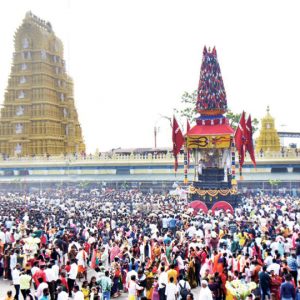
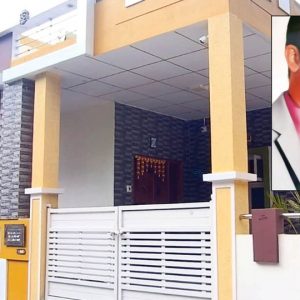
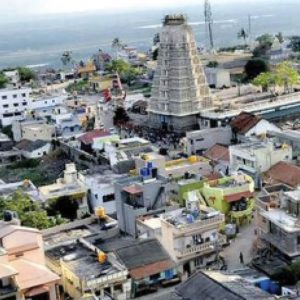
Recent Comments